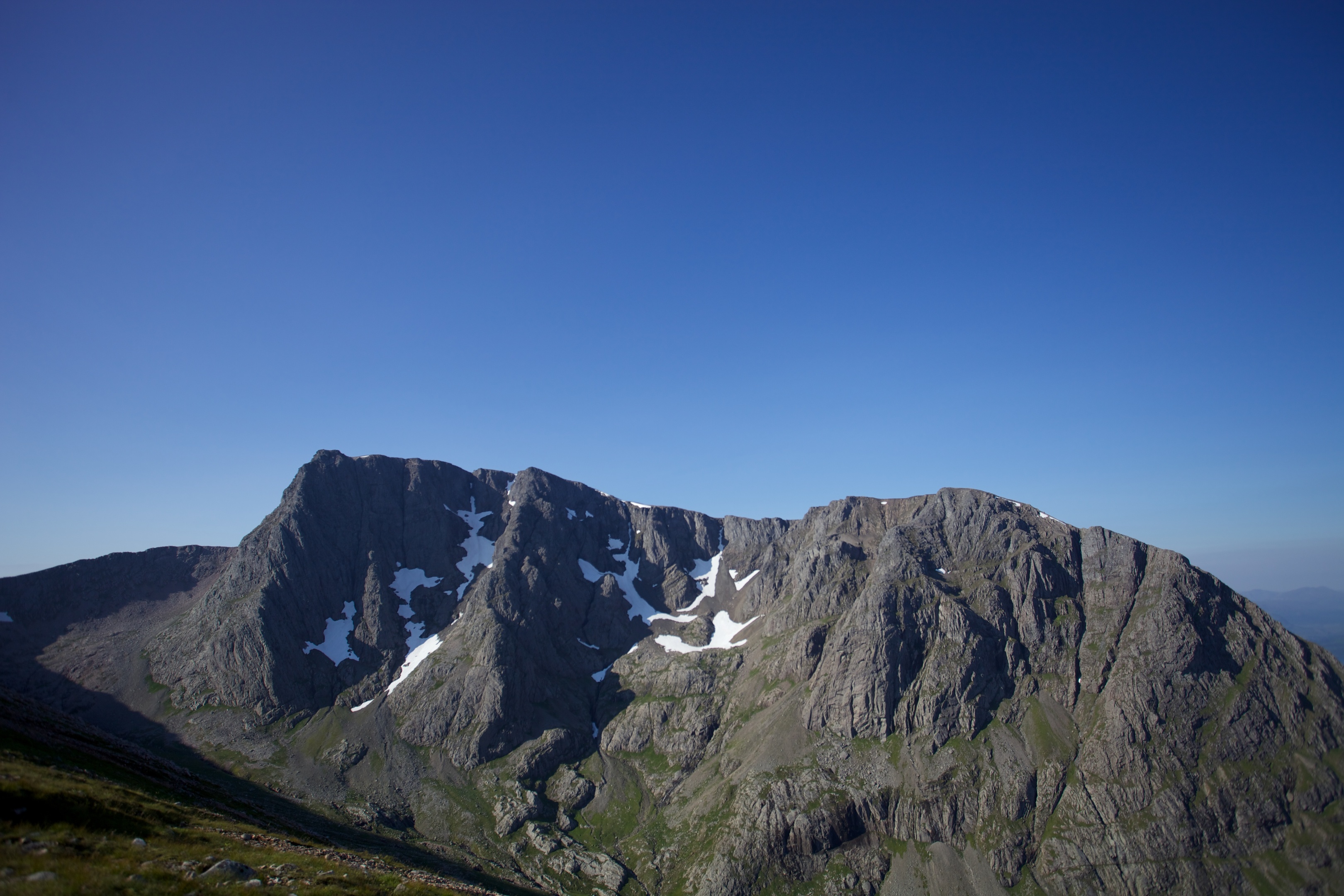A contractor is being sought to build a build a new bridge to help thousands of walkers reach Scotland’s highest mountain.
Highland Council is planning to replace the existing bridge crossing the River Nevis at the Glen Nevis Visitor Centre with a £250,000 new build.
The current crossing is used by tens of thousands of walkers attempting to climb Ben Nevis by by the most popular mountain track route.
It is also used by people taking on shorter circuits around Glen Nevis, with the creation of a new all-abilities riverside walk part of a wider project for landscaping the area.
The new crossing is jointly funded by Highland Council, who will pay £135,000 towards the project and the Heritage Lottery Fund who will contribute £121,000.
The council has submitted a planning application for the development of the project – and yesterday advertised for a contractor to carry out the work.
The new 137ft single span crossing will be built closer to the visitor centre than the existing bridge, which will be removed as part of the contract.
The contractor will also be expected to replace the ramped access onto the nearby “youth hostel” bridge over the river
The council said that the existing bridge is in “poor condition” and in need of replacement, with a limit on the number of people able to cross at any on time.
The new crossing will have an increased load capacity and will also include safety advice boards for walkers aiming for the summit of 4,409ft Ben Nevis.
Councillor Audrey Sinclair, chairwoman of the council’s planning, development and infrastructure committee said: “The council recognises that Ben Nevis is a key driver of the Lochaber economy and that a high quality visitor experience is critical to the success of both the local and wider tourist industry.
“The works proposed in Glen Nevis not only contribute to the safety and enjoyment of those taking access to the high hills, but will also now enable a far wider range of visitors to enjoy the scenery and splendour of the glen.
“The Nevis Landscape Partnership is a good example of organisations working together to deliver far more than each could have achieved in isolation.”
